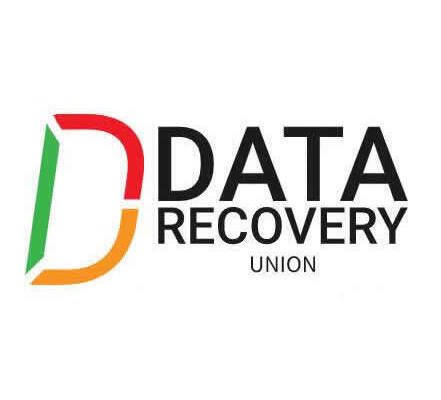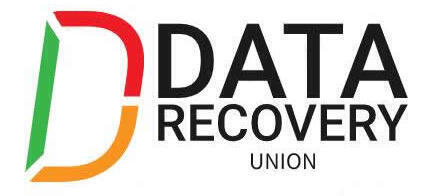 RAID
RAID
See redundant array of independent (or inexpensive) disks.
RAIN
See redundant array of independent nodes.
Raised floor
A type of flooring supported by a metal grid and typically used in data centers. Raised flooring can be removed in pieces to allow for cabling, wiring, and cooling systems to run under the floor space. When the floor is raised, it usually can accommodate space for walking or crawling in.
Recovery
The recreation of a past operational state of an entire application or computing environment. Recovery is required after an application or computing environment has been destroyed or otherwise rendered unusable. It may include restoration of application data, if that data has been destroyed as well.
Recovery point objective
Recovery point objective (RPO) is the maximum acceptable time period prior to a failure or disaster during which changes to data may be lost as a consequence of recovery. Data changes preceding the failure or disaster by at least this time period are preserved by recovery. Zero is a valid value and is equivalent to a “zero data loss” requirement.
Recovery time objective
Recovery time objective (RTO) is the period of time after an outage in which the systems and data must be restored to the predetermined recovery point.
Red Hat Global File System
Red Hat Global File System (GFS) is an open source cluster file system and volume manager that executes on Red Hat Enterprise Linux servers attached to a storage area network (SAN). It enables a cluster of Linux servers to share data in a common pool of storage to provide a consistent file system image across server nodes. Red Hat Global File System works on all major server and storage platforms supported by Red Hat.
Redundancy
The inclusion of extra components of a given type in a system (beyond those required by the system to carry out its function) for the purpose of enabling continued operation in the event of a component failure.
Redundant array of independent (or inexpensive) disks
Redundant array of independent (or inexpensive) disks (RAID) is a category of disk drives that employ two or more drives in combination for fault tolerance and performance. RAID disk drives are used frequently on servers but aren’t generally necessary for personal computers. RAID allows you to store the same data redundantly (in multiple places) in a balanced way to improve overall performance.
Redundant array of independent nodes
Redundant array of independent nodes (RAIN) is a data storage and protection system architecture. It uses an open architecture that combines standard computing and networking hardware with management software to create a system that is more distributed and scalable. RAIN is based on the idea of linking RAID nodes together into a larger storage mechanism. In a RAIN setup, there are multiple servers, each with disk drive and RAID functionality, all working together as a RAIN, or a parity or mirrored implementation. RAIN may also be called storage grid.
Remote offices/branch offices (ROBOs)
Refers to corporate offices externally connected to a WAN or a LAN. These offices will often have one or more servers to provide branch users with file, print, and the other services required to maintain the daily routine.
Replicate
(n.) A copy of a collection of data.
(v.) The action of making a replicate as defined above.
Restore
To bring a desired data set back from the backup media.
Rotational latency
Also called rotational delay, the amount of time it takes for the desired sector of a disk (for example, the sector from which data is to be read or written) to rotate under the read-write heads of the disk drive. The average rotational latency for a disk is half the amount of time it takes for the disk to make one revolution. The term typically is applied to rotating storage devices, such as hard disk drives and floppy drives (and even older magnetic drum systems), but not to tape drives.
RPO
See recovery point objective.
RTO
See recovery time objective.
Run length limited
Run length limited (RLL) is an encoding scheme used to store data on newer PC hard disks. RLL produces fast data access times and increases a disk’s storage capacity over the older encoding scheme called MFM (modified frequency modulation).


